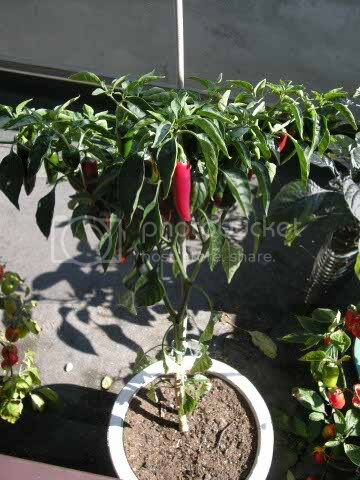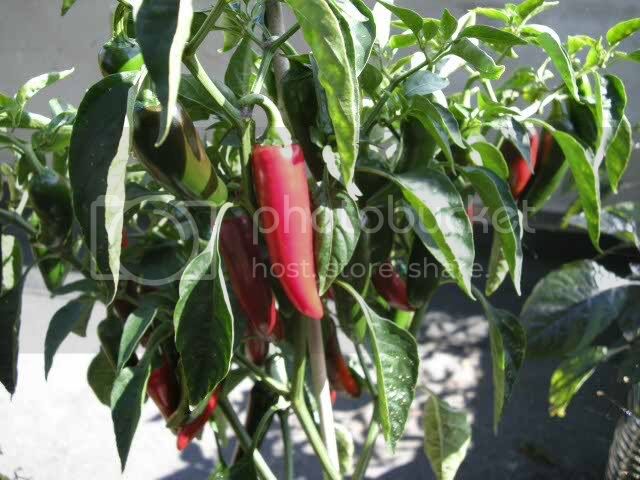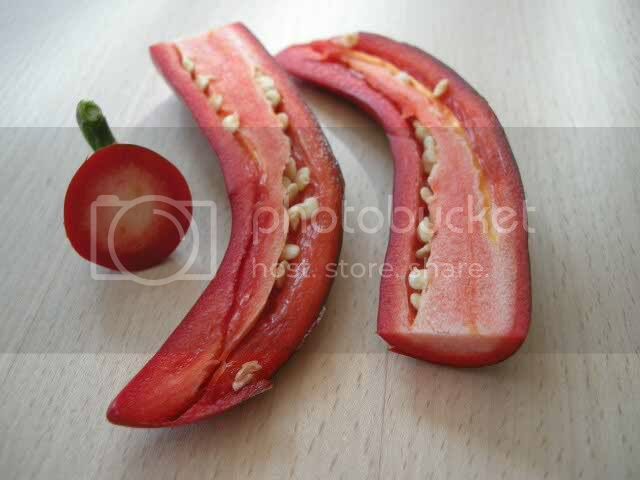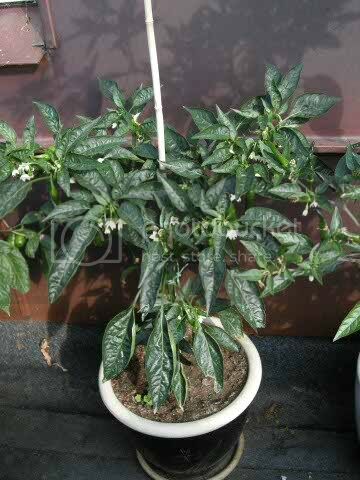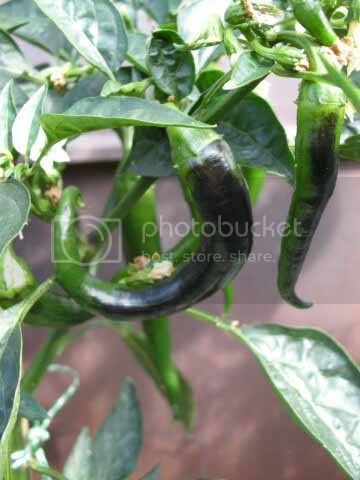please excuse my ignorance and/or stupidity.
just so I am clear - if a variety is labelled F1 or Hybrid or Hybridised (maybe there are other terms also) does that mean that seed produced by its pods will not produce true on the second generation?
I am thinking about trying to make my own cross but several of the varieties I have been considering are hybrids so maybe I am wasting my time. this could be a plus though as it does show that these varieties may cross more easily based on their genetics. also, several of the considered varieties were TMV resistant etc which is another bonus.
I just don't want to waste my time - if a variety won't reproduce true under normal circumstances then the potential for a totally erratic/random offspring will only be a greater possibility when using an unstable parent. especially when I am after a specific result - a fairly lofty goal from a self-confessed ignoramous I know!
any thoughts?
just so I am clear - if a variety is labelled F1 or Hybrid or Hybridised (maybe there are other terms also) does that mean that seed produced by its pods will not produce true on the second generation?
I am thinking about trying to make my own cross but several of the varieties I have been considering are hybrids so maybe I am wasting my time. this could be a plus though as it does show that these varieties may cross more easily based on their genetics. also, several of the considered varieties were TMV resistant etc which is another bonus.
I just don't want to waste my time - if a variety won't reproduce true under normal circumstances then the potential for a totally erratic/random offspring will only be a greater possibility when using an unstable parent. especially when I am after a specific result - a fairly lofty goal from a self-confessed ignoramous I know!
any thoughts?


 I have been trying to isolate an F1-pepper for three generations now, so 2008 I will be growing an F4-plant:
I have been trying to isolate an F1-pepper for three generations now, so 2008 I will be growing an F4-plant: